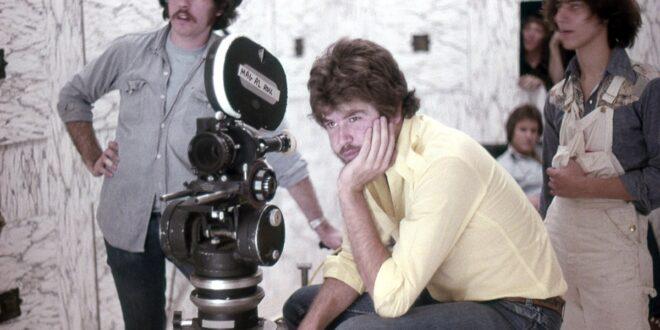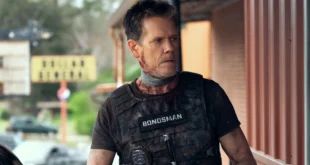The legendary Don Coscarelli turned 68 on February 17, 2022. Honestly, I don’t think “legendary” is an embellishment in the least. Somehow, he’s the least known of the big names of his era like Carpenter, Romero, Craven, and Hooper. I always find myself saying, “Hey, did you know Don Coscarelli directed that?” His dossier of films is both classic and diverse.
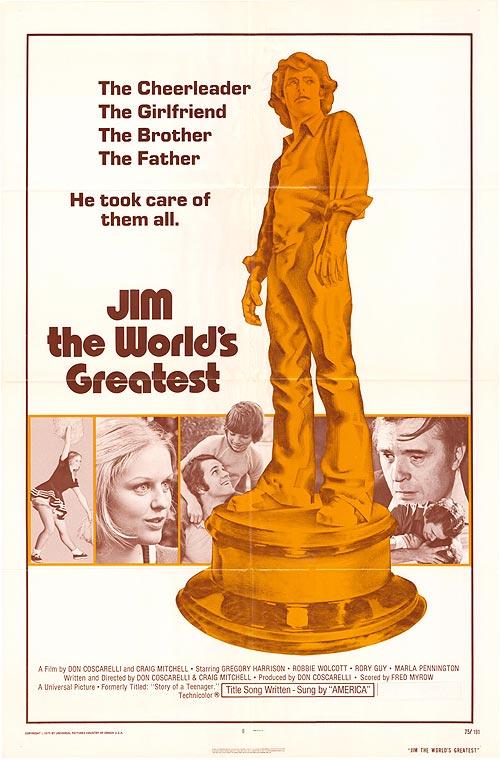
I’ve always considered him the Cameron Crowe of horror film directors, a wunderkind that had his first film distributed by Universal Studios at the tender age of 21, and it wasn’t Phantasm. It was a serious family drama called Jim, The World’s Greatest (1975) starring Gregory Harrison (Trapper John M.D.) and two more familiar faces… Reggie Bannister and a talented actor named Rory Guy. Never heard of Rory Guy? He became more well know by his stage name, Angus Scrimm.
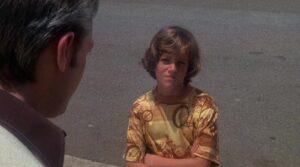
His next film—still not a horror film by the way—was Kenny and Company. Premiering in 1976, it was a coming of age comedy drama about three pre-teen boys hanging out during the four days prior to Halloween. It deals with first crushes, death, and one last hoorah of trick or treating as boyhood wains away into adolescence. Coscarelli’s lucky penny, Reggie Banister, is part of the cast, and A. Michael Baldwin plays Doug, Kenny’s best friend.

Neither one of these films would be Coscarelli’s magnum opus, but they played an important part in shaping what was to come. After the horror elements surrounding Halloween from Kenny and Company, Coscarelli gained a fancy for the audience jump scare. He decided that he should make a full-fledged horror film next. Monetarily, neither Jim, The World’s Greatest or Kenny and Company had been a financial success. A horror film seemed like a more bankable option. He wrote, shot, directed, and edited one of the most surreal horror films in history.
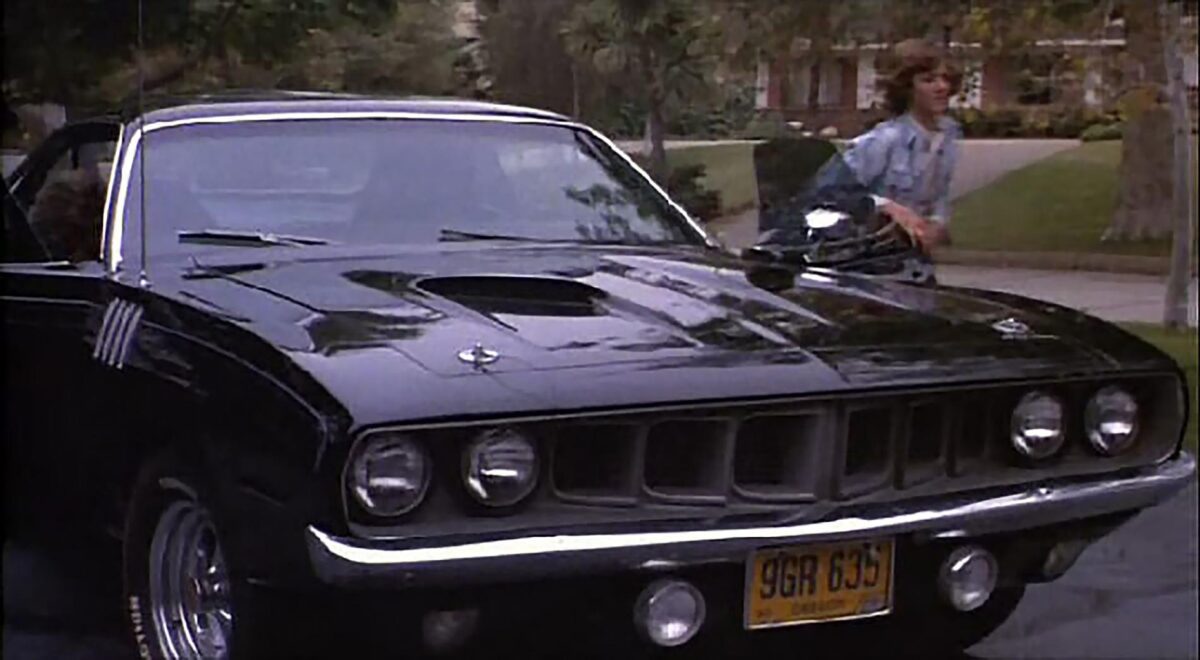
Phantasm is one of those films that has to be experienced and can never be sufficiently explained even with the most sincere efforts. If I had to describe it, I’d call it a blue collar art film. It has strange imagery, things that aren’t even remotely related in the physical world, and one bad ass 1971 Plymouth ‘Cuda. Coscarelli chose the now iconic car because the guys he knew in high school thought it was the coolest care ever. He was right. From then on, every Phantasm film would have a variation of the legendary Mopar muscle car.
For me, Phantasm seemed so original that I couldn’t even process how anyone could’ve ever conceived it. It may have been too good since Coscarelli’s other filmography is lesser known because Phantasm casts such a large shadow. He came into his own as a filmmaker and hit a creative stride that would last decades after it hit theaters in March of 1979.
A sequel wouldn’t materialize until almost a decade later. It was worth the wait. He would write every sequel thereafter and direct all but the fifth installment. The core cast also remained with the exception of part 2. Coscarelli had to concede to a cast change for A. Michael Baldwin on the the insistence of the studio. Although Phantasm 2 was a worthy follow-up with the biggest budget of them all, he chose to make the rest independently thereafter. As far as I know, Coscarelli is the only creator to stay in such an active role for the run of such a successful franchise.
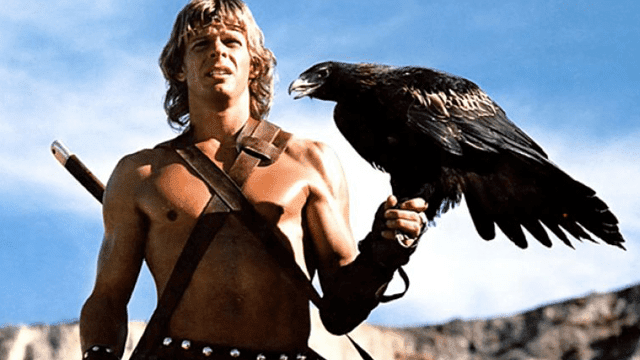
Anyone alive in the 1980s knows that HBO really stands for “Hey, Beastmaster’s on!” Coscarelli’s sword and sorcery epic was in such heavy rotation on early cable that it endeared itself to anyone that subscribed, stole, or spent the night with a more urban relative that had pay TV. Loosely based on a 1959 novel of the same name, it immediately became a distinctive standout amidst the other sword and sorcery ilk of the day. Gen X’ers reveled in the fact that the hero from the sci-fi series, V, was the Beastmaster. They were also introduced to veteran actor, Rip Torn as the evil Maax.

I thought I would throw this one in to fall under the category of Fun Fact. Don Coscarelli was the first director of Silver Bullet. Dino de Laurentiis served as producer, and when filming began in 1984, he wasn’t happy at all with how the werewolf design looked. He, Stephen King and veteran FX artist Carlo Rambaldi tried to reach a stalemate. In the meantime, so the production schedule wouldn’t suffer, Coscarelli began to film everything that didn’t have the werewolf in it. When a concession couldn’t be made, Coscarelli abandoned the project because of its uncertain future. He was then replaced with the credited director, Daniel Attias.
This next one may be Coscarelli’s deepest cut. I hardly ever hear it mentioned. Survival Quest was a 1988 wilderness survival thriller that starred veteran actor Lance Henriksen. It barely even has a Wikipedia page. I had seen it when it was new, but never realized it was Don Coscarelli until decades later. Such a shame.
I could go on about how deep the Phantasm rabbit hole went, how Coscarelli wrote almost everything he directed, and even when he didn’t, it was still brilliant. Bubba Ho Tep and John Dies at the End are on a different plane of wonderfully and are indescribably weird. I’d rather just suggest that you check out his entire filmography. I would add him to the circle of other indie greats of his time, and it’s a really small circle. Him, George Romero, and Bob Clark are known for a landmark horror films, but also worked in almost every other genre, and for the most part, on their own terms. Truly indie.
Check out Don Coscarelli’s biography, True Indie, on Amazon.
 PopHorror Let's Get Scared
PopHorror Let's Get Scared
